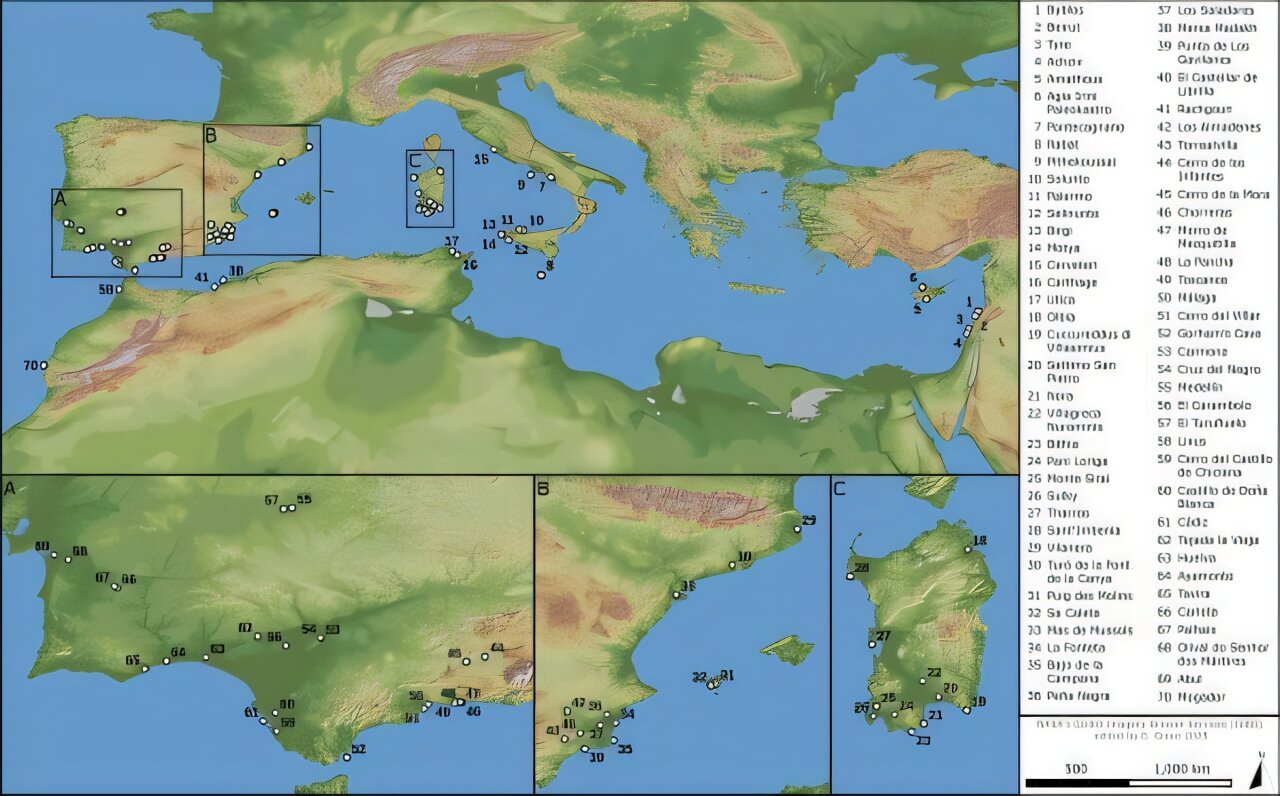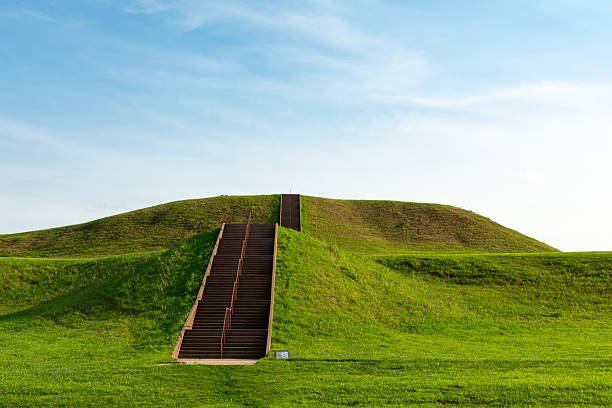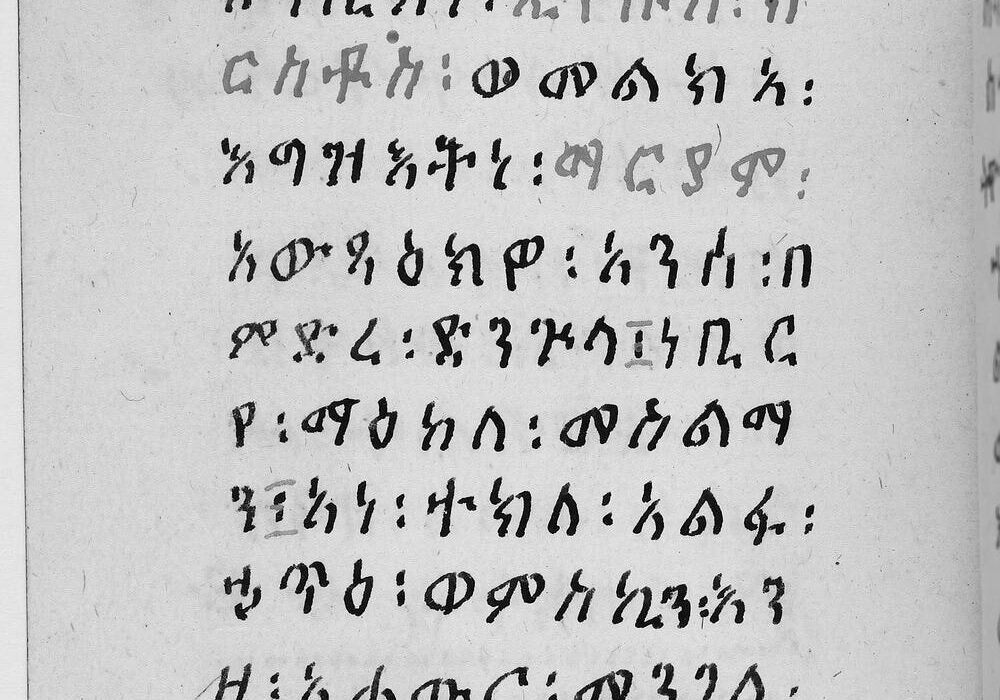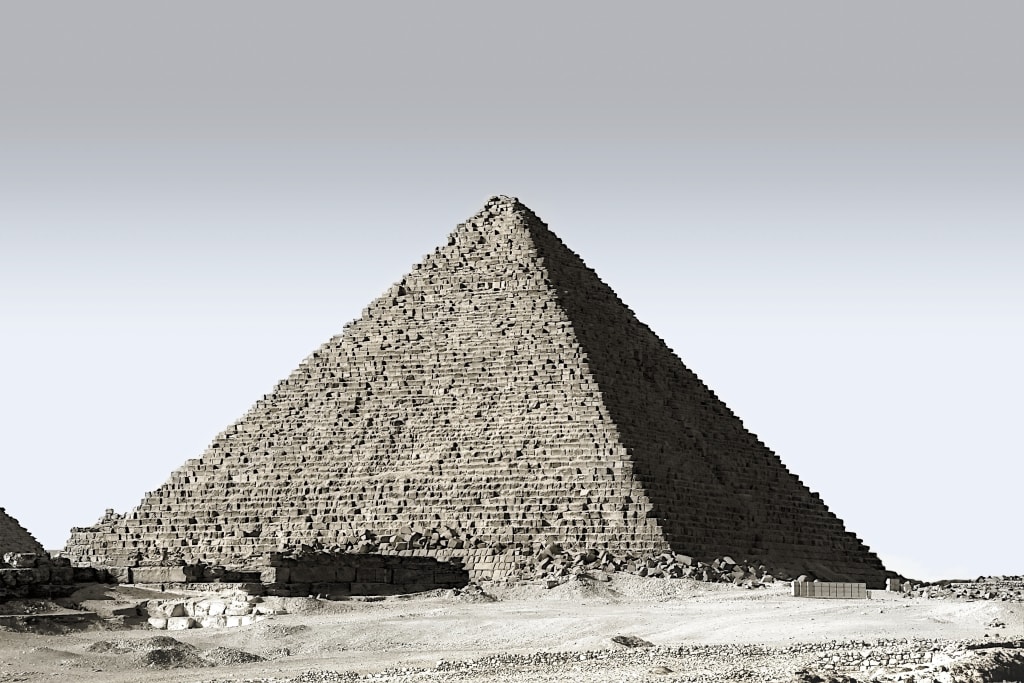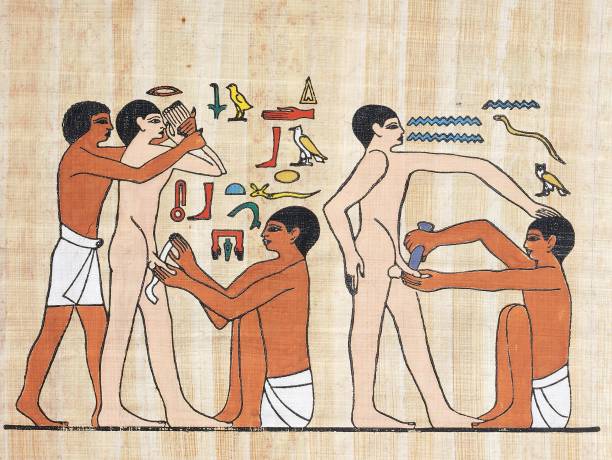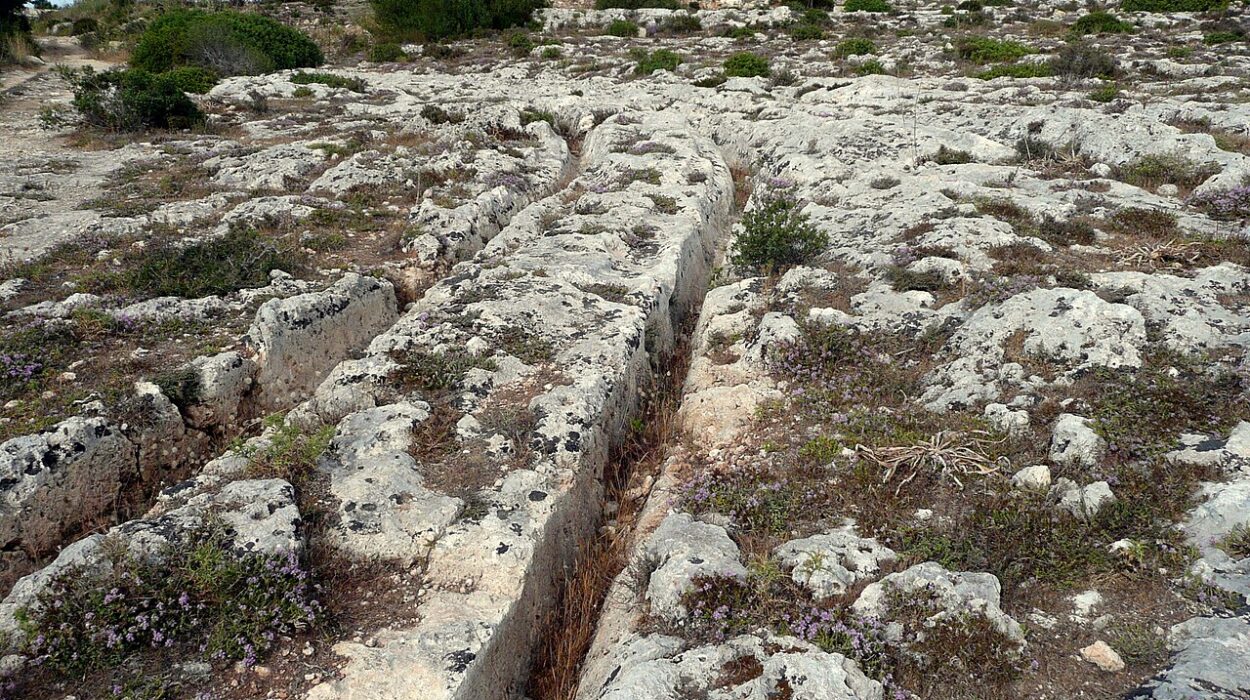Archaeology has long relied on tangible traces—pottery shards, coins, bones—to reconstruct the lives of those who came before us. These objects endure the passage of time, silently bearing witness to human history. Yet some aspects of the ancient world have always escaped recovery, slipping through the cracks of time and earth. One of these elusive elements is scent—the fragrances that filled homes, sanctuaries, and marketplaces, shaping daily life, memory, and identity.
For the first time, an international team of researchers has delved into this hidden dimension of antiquity, studying the aromatic lives of the Phoenicians, the master seafarers and traders of the Iron Age Mediterranean. Their focus was 51 small ceramic oil vessels unearthed at Motya, a Phoenician settlement on a small island off Sicily’s coast. These vessels, modest in appearance, have become remarkable windows into the sensory world of a civilization that thrived more than 2,500 years ago.
Tiny Vessels, Big Stories
The vessels themselves are unassuming—plain, narrow-necked bottles standing between 15.5 and 18.5 centimeters tall. Yet their discovery across tombs, houses, and sacred spaces reveals their importance. “Their widespread distribution across and beyond the Mediterranean suggests these vessels fulfilled diverse functions,” notes Dr. Adriano Orsingher, one of the study’s lead researchers.
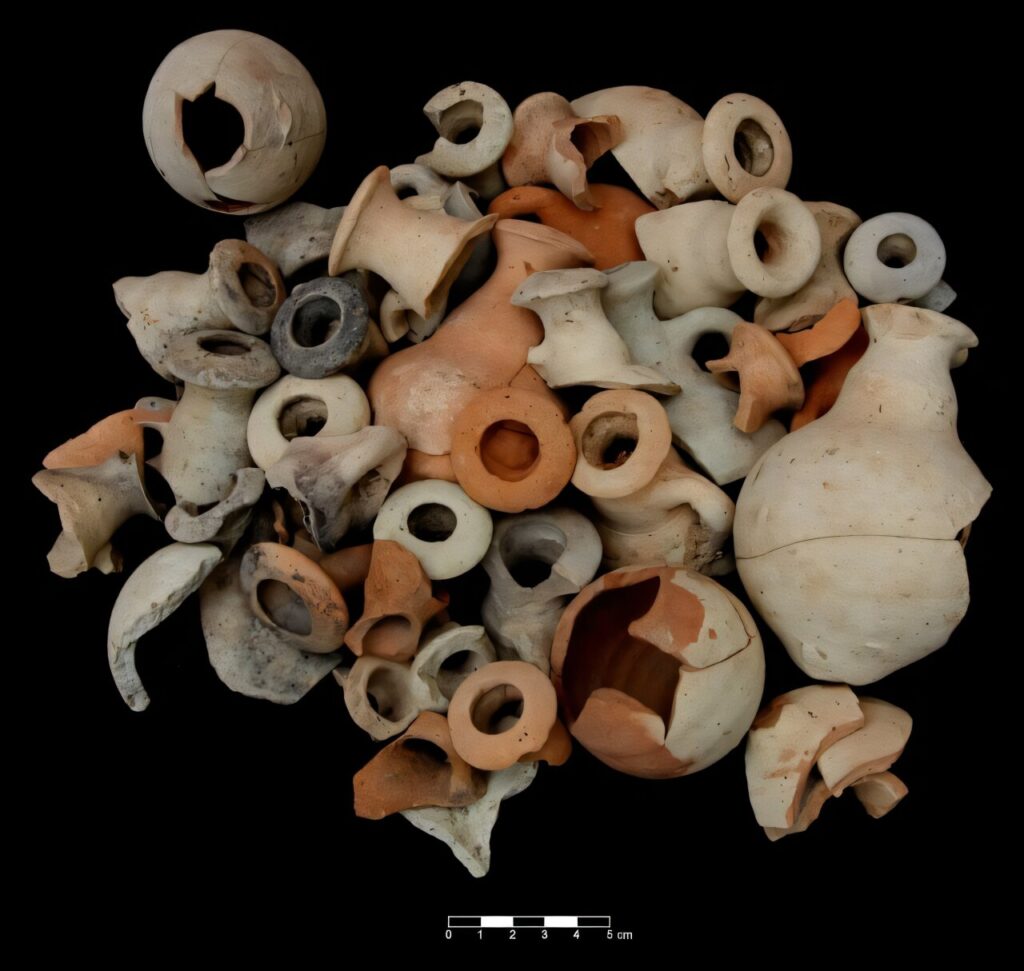
Dating from the 8th to 6th centuries BCE, these containers were not just utilitarian objects. They were carriers of identity, memory, and culture. By analyzing both the ceramics and the faint residues within them, researchers have uncovered clues about the life these vessels once held—a fragrant world previously invisible to archaeologists.
Tracing Origins Through Science
The first step in understanding these vessels was determining their provenance. Compositional analysis revealed that many originated in southern Phoenicia, an area stretching from modern-day Beirut to the Carmel region. This evidence confirms that these small bottles traveled across the Mediterranean, accompanying Phoenician migrants and traders on journeys that spanned hundreds of kilometers.
The vessels also contained organic residues. In eight of the 51 bottles, traces of plant-based oils, pine resin, and mastic were detected. These ingredients were integral to aromatic preparations in the Iron Age. The findings reveal that these vessels were not mere containers—they were deliberate carriers of scent, intended to preserve and transmit the fragrances that were central to Phoenician life.
Scents as Cultural Connectors
“Our research confirms these ceramic vessels were used to transport aromatic oils,” explains Amicone, a member of the research team. But these oils were more than commodities. They were tangible expressions of identity, anchoring memories of home in distant lands. By carrying familiar scents, Phoenician migrants created a sensory bridge to their homelands, connecting scattered communities across the Mediterranean.
Scent, it turns out, was a powerful medium for cultural continuity. In a world where people, goods, and ideas moved constantly, fragrances acted as invisible threads linking distant settlements. They reinforced shared practices, rituals, and daily routines, creating a sense of belonging and cohesion. As Orsingher emphasizes, “Scent is intimately tied to identity. As such, it plays a crucial, though often overlooked, role in the processes of migration, settlement, and cultural exchange.”
The Phoenician Network of Mobility and Trade
The Mediterranean of the Iron Age was a dynamic, interconnected landscape. Phoenicians were at the heart of this network, renowned for their skill in sailing, trade, and craftsmanship. Aromatic oils were not only used locally; they were prized commodities that traveled widely, establishing connections between communities, economies, and cultures.
By examining the Motya vessels, researchers reveal how the Phoenicians used scent to navigate this intricate web. These oils were portable fragments of identity, linking family homes, religious practices, and social interactions across thousands of miles. They remind us that migration and trade were not solely about moving people or objects—they also transported memories, traditions, and sensory experiences.
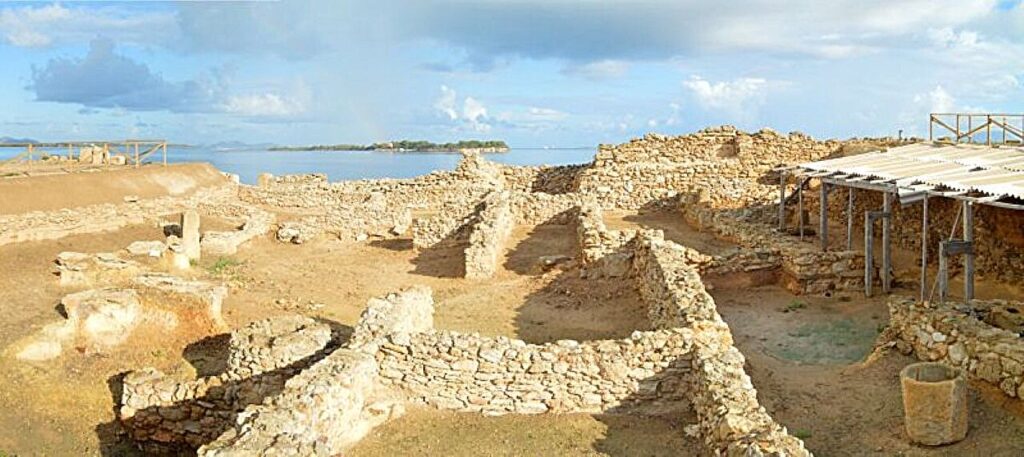
Unlocking the Intangible Through Interdisciplinary Science
This study demonstrates the power of combining archaeology, chemistry, and cultural analysis. By investigating what the vessels contained and how they were used, the team has reconstructed a lost sensory world. They show that interdisciplinary approaches can illuminate dimensions of the past that are often overlooked, revealing the lived experiences, emotions, and cultural practices of ancient people.
University of Tübingen President Prof. Dr. Dr. h.c. Karla Pollmann notes, “Innovative research approaches continue to uncover surprising insights into the past. This study shows how even elusive traces like ancient scents can be made accessible through interdisciplinary methods, opening new windows into the sensory and cultural worlds of antiquity.”
A New Way to Understand Ancient Life
The findings from Motya invite us to rethink the past in fresh ways. Ancient mobility was not only about the movement of people or goods; it was about carrying culture, memory, and identity in all its forms. Scent, invisible and fleeting, emerges as a crucial medium through which ancient societies maintained continuity and connection.
These vessels, small and fragile, speak volumes. They reveal that fragrance was not merely decorative or indulgent—it was a tool of communication, remembrance, and social cohesion. They remind us that the past is more than bones and pottery; it is the smell of pine resin, the tang of mastic, and the lingering memory of home.
Rediscovering the Mediterranean Through Smell
The Motya study reshapes our understanding of the Iron Age Mediterranean. It shows that Phoenicians, in their travels and settlements, carried more than goods—they carried the essence of their culture in fragrant oils. In doing so, they built bridges of identity that transcended geography and time.
As researchers continue to explore the hidden dimensions of antiquity, studies like this illuminate the profound ways humans have interacted with their senses, their environment, and each other. By following the faint traces of scent, we are reminded that the human experience is rich, multisensory, and deeply interconnected—a tapestry woven not just from objects and words, but from the invisible threads of memory and culture.
The humble ceramic bottles of Motya now speak again, whispering the fragrances of a distant past, connecting us to lives, landscapes, and senses long vanished. They remind us that even the most ephemeral aspects of human experience—smell, memory, and identity—can leave enduring marks, waiting patiently beneath the soil for discovery.
More information: Adriano Orsingher et al, Scents of Home: Phoenician Oil Bottles from Motya, Journal of Archaeological Method and Theory (2025). DOI: 10.1007/s10816-025-09719-3
